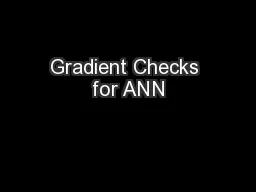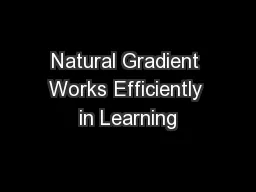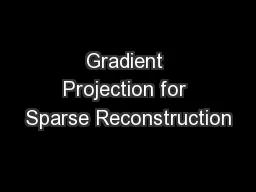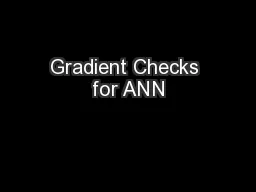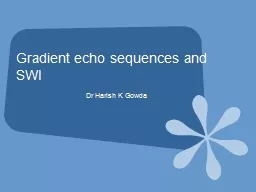PPT-Gradient Checks for ANN
Author : liane-varnes | Published Date : 2017-04-28
Yujia Bao Mar 7 2017 Finite Difference Let be any differentiable function we can approximate its derivative by f or some very small number How to compare the
Presentation Embed Code
Download Presentation
Download Presentation The PPT/PDF document "Gradient Checks for ANN" is the property of its rightful owner. Permission is granted to download and print the materials on this website for personal, non-commercial use only, and to display it on your personal computer provided you do not modify the materials and that you retain all copyright notices contained in the materials. By downloading content from our website, you accept the terms of this agreement.
Gradient Checks for ANN: Transcript
Download Rules Of Document
"Gradient Checks for ANN"The content belongs to its owner. You may download and print it for personal use, without modification, and keep all copyright notices. By downloading, you agree to these terms.
Related Documents

